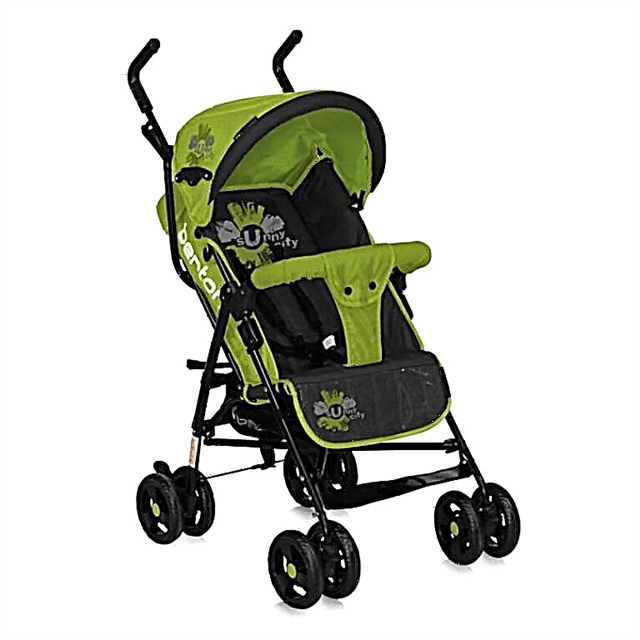
The blood counts of children are very important, as they allow you to assess whether the child is healthy or has any disease that requires medical attention. One of the most important indicators is the number of leukocytes. Depending on different pathologies and external factors, this amount may vary. In what cases are leukocytes below normal and is it dangerous for the child's health?

What amount is considered reduced
Leukocytes are white blood cells that protect the body from various adverse factors, such as infections. Their number can change during the day, after physical exertion, changes in temperature, food intake and other factors. In this case, the lower limit of the norm in a child is considered:
Leukopenia is diagnosed when the indicator decreases by more than 2 x 109/ l from the age norm.

Causes of leukopenia
A decrease in the number of white blood cells is due to:
- Lack of substances that are required for the formation of these blood cells. These substances include B vitamins, ascorbic acid, iron, zinc, selenium, proteins, iodine and many other compounds. With their insufficient intake, the number of erythrocytes and the amount of hemoglobin will also decrease in the child.
- Destruction of white blood cellsthat can be caused by bacterial infections, drugs, toxins, and many other factors.
- Immune response to viral infection, in which leukocytes move to the tissues affected by the virus, and there are fewer of them in the bloodstream, although in general the number of leukocytes in the body does not decrease.
- Impaired bone marrow function. The production of leukocytes in it can be inhibited by some genetic diseases, tumor processes, poisons, ionizing radiation, chemotherapy and autoimmune processes.
We advise you to watch an educational video that highlights the problem of low leukocyte count in children:
Leukopenia is observed:
- With viral infections, for example, chickenpox, mononucleosis, or rubella. A reduced indicator for such diseases is noted for some time after recovery.
- With hypovitaminosis, as well as in case of insufficient nutrition (fasting).
- With low blood pressure.
- With aplastic anemia.
- With purulent infections and septic lesions.
- In the last stages tumorsand also for acute leukemia.
- With systemic diseases. Leukopenia is noted in rheumatoid arthritis, as well as in lupus.
- After treatment with cytostatic drugs, which are most often prescribed for tumors. Also, a decrease in leukocytes provokes the use of steroids, antibiotics, anti-inflammatory, anticonvulsants and some other drugs.
- After exposure to radiation. Such rays inhibit the production of leukocytes, so they will decrease with radiation therapy or radiation sickness.
- With severe allergies (anaphylactic shock).
- With endocrine diseases, for example, with lesions of the thyroid gland (hypothyroidism) or diabetes mellitus.
- With hyperfunction of the spleen, resulting in more blood cells being destroyed.

Changes in the leukocyte formula
In addition to assessing the total number of white blood cells, doctors pay attention to the ratio of their different types, which is called leukocyte formula. If the child has a low percentage of neutrophils, this condition is called neutropenia. With a decrease in the number of lymphocytes, lymphocytopenia is diagnosed, and with a lower rate of eosinophils or monocytes, we are talking, respectively, about eosin- or monocytopenia.
Assessment of leukoformula and its changes helps in the diagnosis of various diseases. For example, leukocytes and neutrophils are reduced in a child with chickenpox, and leukocytes and lymphocytes are reduced in immunodeficiency or tuberculosis.

The most common reasons for a decrease in the number of individual forms of leukocytes are presented in the table:
Symptoms
By itself, a low level of white blood cells is an asymptomatic condition, however, a decrease in the number of such blood cells affects the child's immunity, therefore, parents will notice more frequent viral infections. If low leukocytes are one of the symptoms of the disease, then the child may have fever, chills, tachycardia, chills, dizziness, weakness, headaches, enlarged lymph nodes and other symptoms.

What to do
If leukopenia is found in a child during a routine examination, you need to contact a doctor with the test results and undergo a more detailed examination. With a slight decrease in the indicator and the detection of hypovitaminosis, the child will be prescribed vitamin preparations and adjust the diet.
If additional examinations have confirmed any disease, the doctor will prescribe the required medication.
As soon as the underlying disease is cured and the child recovers, the leukocyte count will recover within a few weeks.
Parents should be aware that reduced leukocytes are a risk factor for the "attachment" of the infection, so they should pay attention to such nuances:
- All food for the child should be thoroughly cooked, and vegetables and fruits should be washed and then peeled.
- Don't give your child unboiled water or raw milk.
- Temporarily cancel farm products and buy dairy products for your child in their original packaging.
- Wear a face shield for your child when going to public places.
- Eliminate contact with sick people. If a mother or other close relative gets sick with ARVI, they should wear a mask so as not to pose a danger to a child with leukopenia.

For more information on the clinical analysis of blood, see the program of Dr. Komarovsky.



